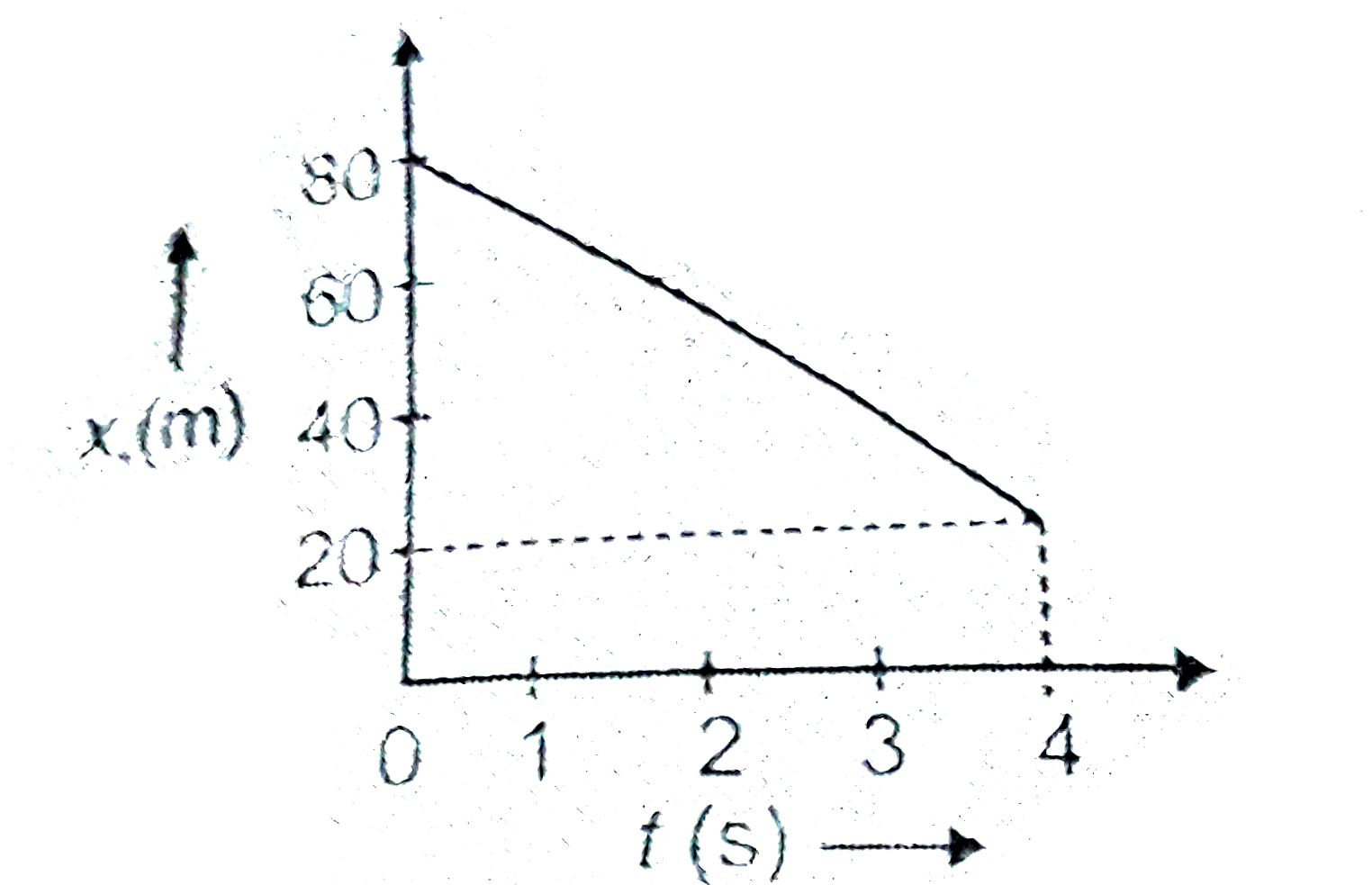Free fall on an object in vacuum is a case of motion with
1. uniform velocity
2. uniform acceleration
3. variable acceleration
4. uniform speed
The correct Answer is:B
To solve the question regarding the motion of an object in free fall in a vacuum, we can break it down step by step:
1. Understanding Free Fall:
- Free fall refers to the motion of an object under the influence of gravity alone. In a vacuum, there is no air resistance acting on the object.
2. Identifying Forces:
- In a vacuum, the only force acting on the object is the gravitational force (weight). This force causes the object to accelerate towards the Earth.
3. Acceleration Due to Gravity:
- The acceleration due to gravity (g) is approximately 9.81 m/s² near the surface of the Earth. This acceleration is constant for objects in free fall, as long as they are close to the Earth's surface.
4. Uniform Acceleration:
- Since the acceleration (g) is constant, we conclude that the object is undergoing uniform acceleration. This means that the rate of change of velocity is constant throughout the motion.
5. Velocity Change:
- While the acceleration is constant, the velocity of the object is not constant; it increases as the object falls. Therefore, the speed of the object changes continuously.
6. Conclusion:
- Based on the analysis, we can conclude that the free fall of an object in a vacuum is a case of motion with constant uniform acceleration.
Final Answer:
The correct answer is that free fall on an object in a vacuum is a case of motion with constant uniform acceleration.
- Free fall refers to the motion of an object under the influence of gravity alone. In a vacuum, there is no air resistance acting on the object.
- In a vacuum, the only force acting on the object is the gravitational force (weight). This force causes the object to accelerate towards the Earth.
- The acceleration due to gravity (g) is approximately 9.81 m/s² near the surface of the Earth. This acceleration is constant for objects in free fall, as long as they are close to the Earth's surface.
- Since the acceleration (g) is constant, we conclude that the object is undergoing uniform acceleration. This means that the rate of change of velocity is constant throughout the motion.
- While the acceleration is constant, the velocity of the object is not constant; it increases as the object falls. Therefore, the speed of the object changes continuously.
- Based on the analysis, we can conclude that the free fall of an object in a vacuum is a case of motion with constant uniform acceleration.
The correct answer is that free fall on an object in a vacuum is a case of motion with constant uniform acceleration.
Topper's Solved these Questions
- MOTION IN A STRAIGHT LINEBook:NCERT FINGERTPS ENGLISHChapter:MOTION IN A STRAIGHT LINEExercise:RELATIVE VELOCITY
Explore 18 Videos
- MOTION IN A STRAIGHT LINEBook:NCERT FINGERTPS ENGLISHChapter:MOTION IN A STRAIGHT LINEExercise:HOTS
Explore 10 Videos
- MOTION IN A STRAIGHT LINEBook:NCERT FINGERTPS ENGLISHChapter:MOTION IN A STRAIGHT LINEExercise:ACCELERATION
Explore 19 Videos
- MOTION IN A PLANE Book:NCERT FINGERTPS ENGLISHChapter:MOTION IN A PLANE Exercise:Assertion And Reason
Explore 15 Videos
- OSCILLATIONS Book:NCERT FINGERTPS ENGLISHChapter:OSCILLATIONS Exercise:Assertion And Reason
Explore 15 Videos
Similar Questions
The velocity of a falling object in a vaccum is directly proportional to the amount of time the object has been falling. If after 5 seconds an object is falling at a speed of 90 miles per hour, how fast will it be falling after 12 seconds?
View SolutionShow here are the velocity and acceleration vectors for an object in several different types of motion. In which case is the object slowing down and turning to the left ?
View SolutionIf the frequency of an object in unifrom circular motion is doubled, its acceleration becomes
View SolutionThe energy that an object has due to its state of motion
View SolutionDraw the x-t graph of an object in uniform motion.
View SolutionA : The work done by friction on an object during pure rolling motion is zero.
R : In pure rolling motion, there is relative motion at the point of contact.
View SolutionThe position-time (x-t) graph of an object in uniform motion is shown below. Calculate the velocity with which the object is moving.

View SolutionThe position - time (x−t) graph of an object in uniform motion is shown below, the velocity of object is

View SolutionGive an example of a case where the velocity of an object is zero but its accleration is not zero?
View Solution(A): Velocity-time graph for an object in uniform motion along a straight path is a straight line parallel to the time axis.
(R ):In uniform motion of an object velocity increases as the square of time elapsed.
View Solution